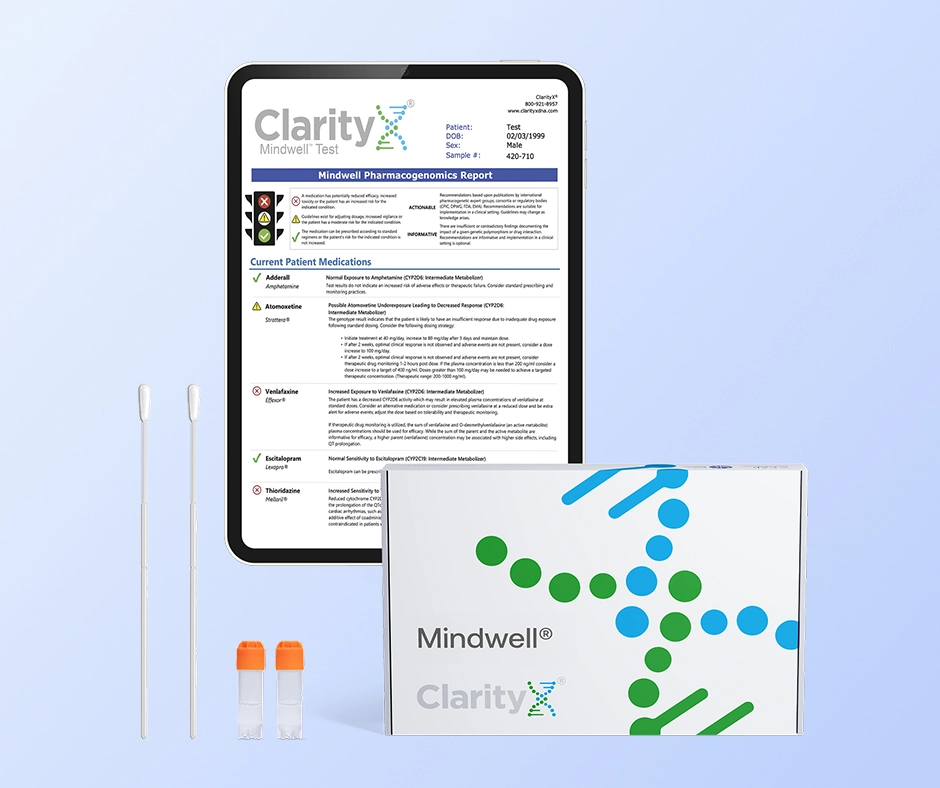Summer Sale! Save 25%
Free Express Shipping
Sale Ends: 07/25
Uses
Side effects
Interactions
Precautions
SAPHRIS is an atypical antipsychotic indicated for:
- Schizophrenia in adults
- Bipolar I disorder
o Acute monotherapy treatment of manic or mixed episodes, in adults and pediatric patients 10 to 17 years of age
o Adjunctive treatment to lithium or valproate in adults
o Maintenance monotherapy treatment in adults
The most commonly observed adverse reactions (incidence 5% and at least twice that for placebo) were:
- Schizophrenia Adults: akathisia, oral hypoesthesia, somnolence.
- Bipolar I Disorder Adults (Monotherapy): somnolence, oral hypoesthesia, dizziness, extrapyramidal symptoms (excluding akathisia) and akathisia.
- Bipolar I Disorder Pediatric Patients (Monotherapy): somnolence, dizziness, dysgeusia, oral paresthesia, nausea, increased appetite, fatigue, increased weight.
- Bipolar I Disorder Adults (Adjunctive): somnolence, oral hypoesthesia.
- Antihypertensive Drugs: SAPHRIS may cause hypotension.
- Paroxetine (CYP2D6 substrate and inhibitor): Reduce paroxetine by half when used in combination with SAPHRIS.
- Cerebrovascular Adverse Reactions in Elderly Patients with Dementia-Related Psychosis: Increased incidence of cerebrovascular adverse reactions (e.g., stroke, transient ischemic attack).
- Neuroleptic Malignant Syndrome: Manage with immediate discontinuation and close monitoring.
- Tardive Dyskinesia: Discontinue if clinically appropriate.
- Metabolic Changes: Monitor for hyperglycemia/diabetes mellitus, dyslipidemia, and weight gain.
- Orthostatic Hypotension: Monitor heart rate and blood pressure and warn patients with known cardiovascular or cerebrovascular disease, and risk of dehydration or syncope.
- Leukopenia, Neutropenia, and Agranulocytosis: Perform complete blood counts (CBC) in patients with pre-existing low white blood cell count (WBC) or history of leukopenia or neutropenia. Consider discontinuing SAPHRIS if a clinically significant decline in WBC occurs in absence of other causative factors.
- QT Prolongation: Increases in QT interval; avoid use with drugs that also increase the QT interval and in patients with risk factors for prolonged QT interval.
- Seizures: Use cautiously in patients with a history of seizures or with conditions that lower the seizure threshold.
- Potential for Cognitive and Motor Impairment: Use caution when operating machinery.


